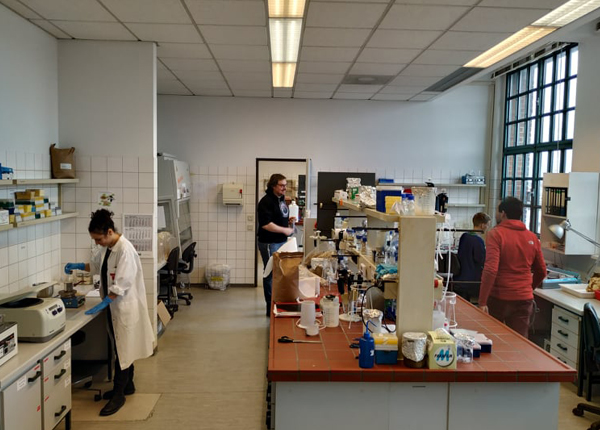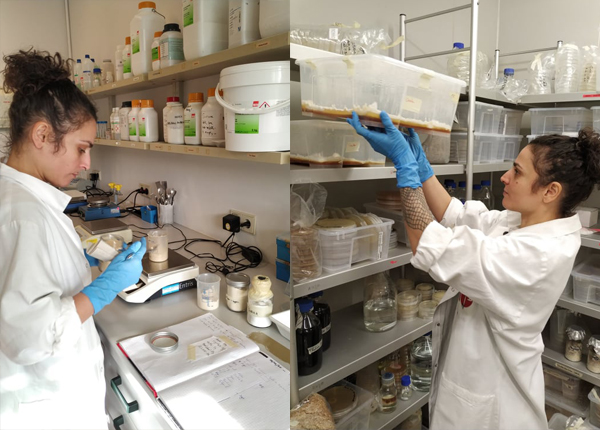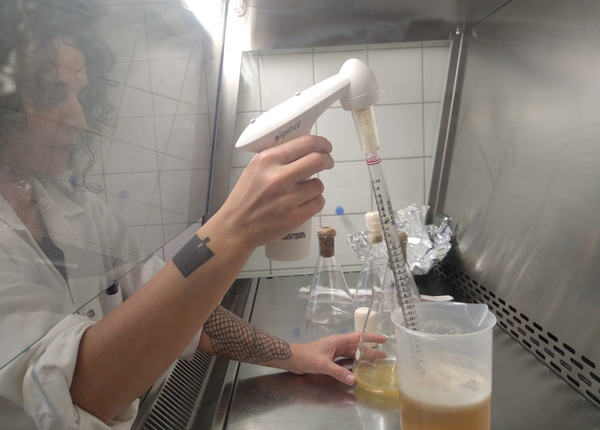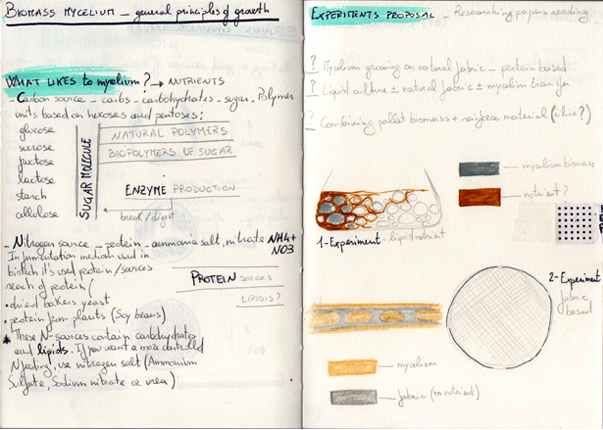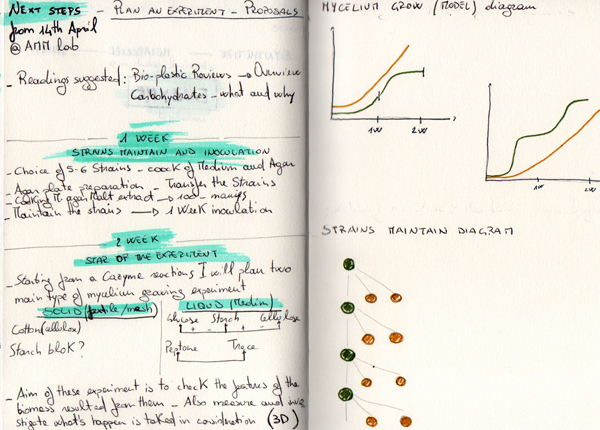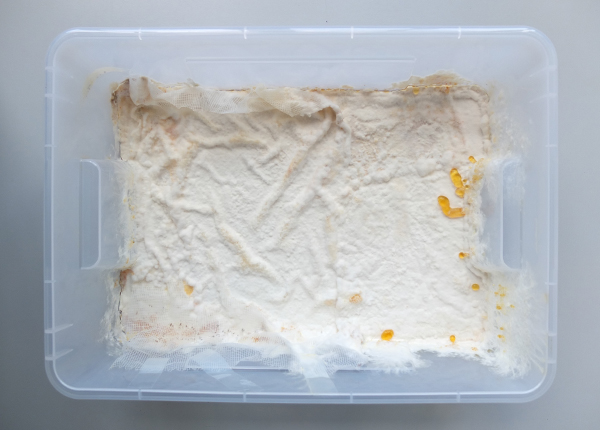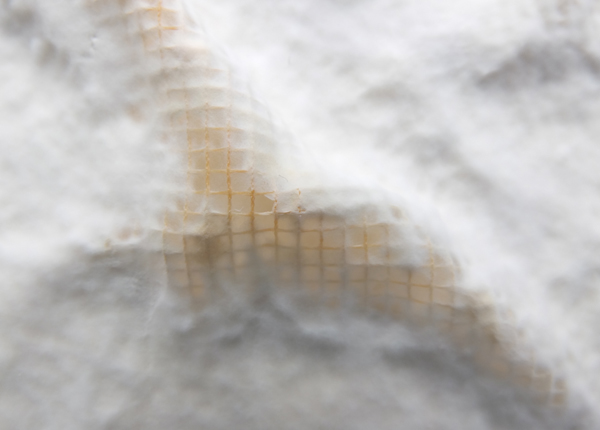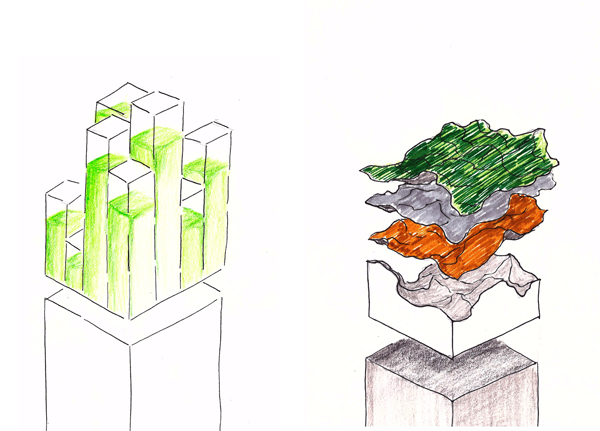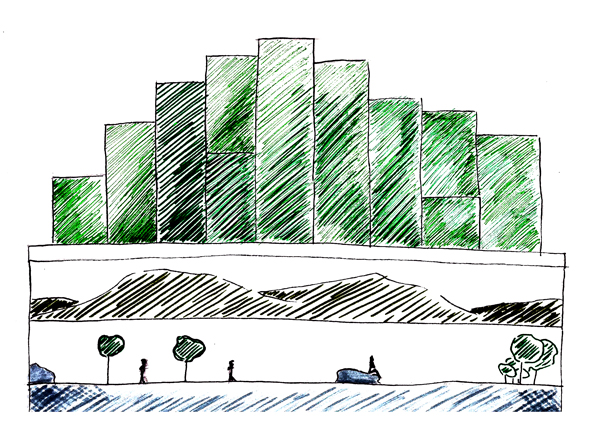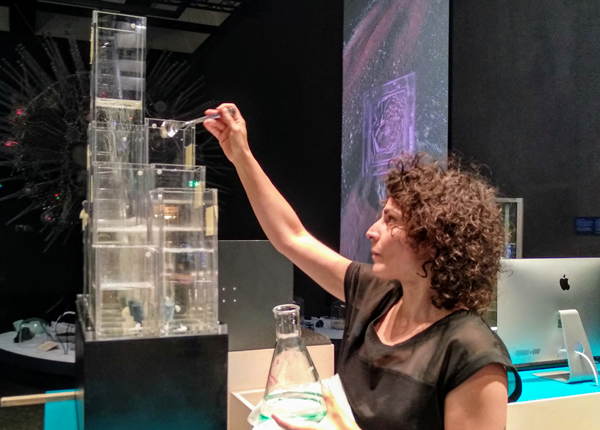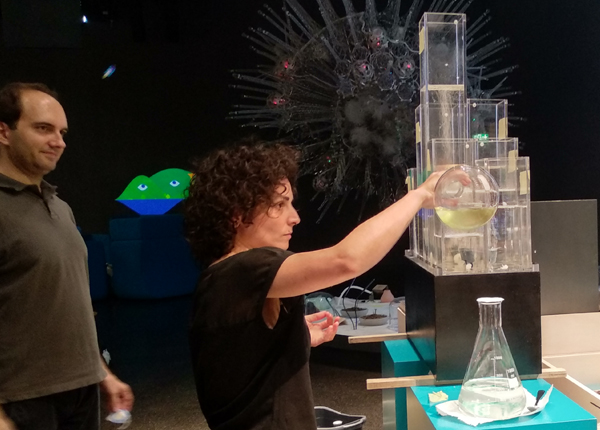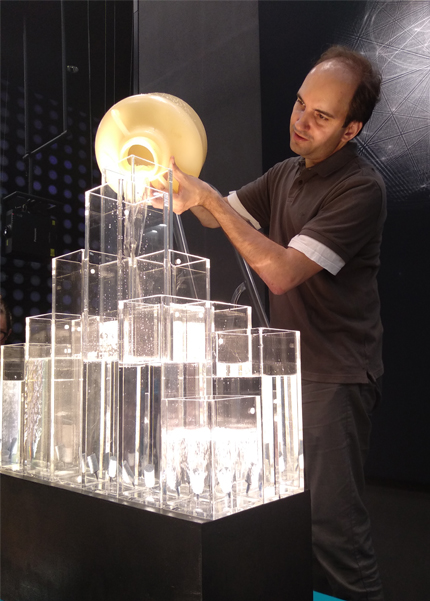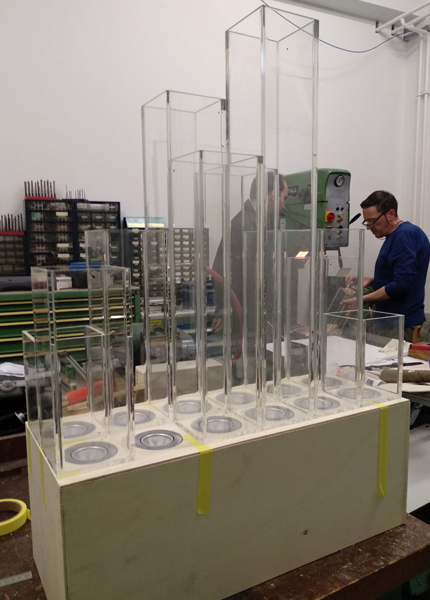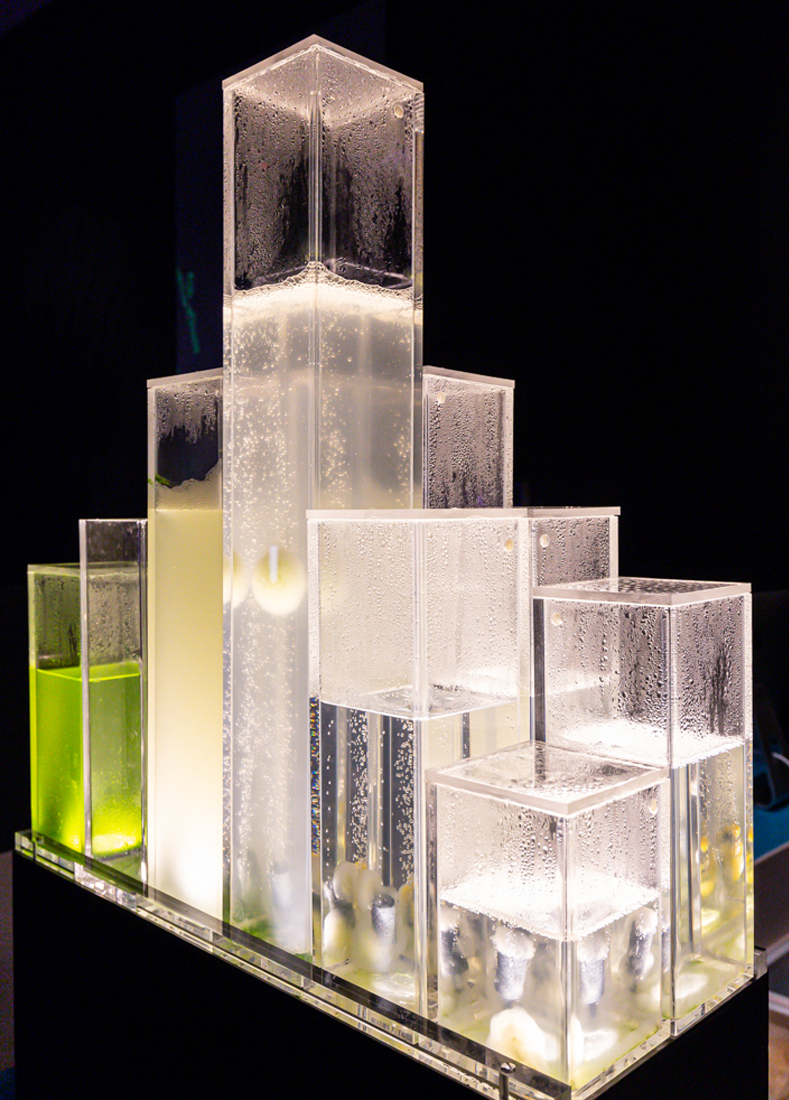Mind the Fungi Residency
Art & Design Residency Program
©Fara Peluso 2020
Mind the Fungi | Citizen Science Project
2018 - 2020
In 2018 has been invited by Art Laboratory to take part at the Artist in Residency Program for the collaborative project Mind the Fungi. A two year research focused on the topic of coexistence between algae and fungi discovering the existence of lichen as a result of symbioses relationship between them.
Mind the Fungi was a collaborative project between Art Laboratory Berlin and the Institute of Biotechnology TU Berlin. It was a two year project where scientists researching local tree fungi and lichens they focused on developing new fungal and lichen based materials.
Inviting me and Theresa Schubert as artists in residency, Art Laboratory wanted to build a bridge between art, design, science and technologies as source of ideas. Furthermore we also invited and involved citizens to take part at public events and discussions.
Mind the Fungi it's also a book published by Vera Mayer and Regine Rapp which reports how Art Laboratory Berlin together with the Departments of Applied and Molecular Microbiology and Bioprocess Engineering of the TU Berlin built a creative and innovative reality where art, science and society come together.
Here an extract form the interview "Designing co-existence" with Fara Peluso by Regine Rapp and Christian de Lutz (co-founders of Art Laboratory Berlin):
How has your previous work with algae informed your approach to fungi?
Since I began experimenting with a critical and specula- tive approach, I’ve been interested in exploring the con- cept of symbiotic relationships, how to be inspired by or learn from these natural phenomena. Through my research related with algae I’ve discovered some inter- esting forms of symbiosis that involve algae and other living organisms, such as lichens, an organism resulting from a symbiosis between algae and fungi. Discovering this co-existence I wanted to bring it into my research residency project for Mind the Fungi by experimenting with a new material, designing a sculpture that talks about the relationship we have with nature and what we can learn from it.
What experience did you bring to your work at the Applied and Molecular Microbiology lab? And how did working with the scientists at the lab change your view of working with biomaterials?
Since the beginning of my research I’ve been focused on
the topic of co-existence. I’ve decided to explore what
this really means, inspired by the fact that on many
occasions in nature di erent living organisms exist together at the same time and in the same place. Work-
ing already with algae and being involved with the Mind
the Fungi project, I discovered the existence of lichens
and their symbiosis between algae and fungi. From
this I wanted to understand and translate a framework
for co-existence and symbiosis, where competitors can
maintain species diversity and live in the same environments, into artistic and design research for developing a
new composite material. I wanted to create a new organic matter, but also explore what human beings can learn
from symbiosis.
Can you tell us about your art design project at the Department of Bioprocess Engineering?
My main inspirations are the scienti c protocols and experiments that scientists use in their laboratories. In close collaboration with the bioprocess engineers at the TU Berlin Institute of Biotechnology I could watch and experience this co-existence in co-cultures and how an ecological niche can maintain diversity between two or- ganisms under a speci c environmental condition. The mycelium and algae co-cultivation protocol developed by the department has been the protocol for designing my installation Niche and bringing together design, art, science and technological knowledge and tools. I want- ed to translate the process into a di erent perspective by creating a hybrid object, a living installation and sculp- tural bioreactor to show the public how these organisms work and raise questions about how we could integrate them into our daily existence.
Fara Peluso would like to thank their colleagues at the Institute of Biotechnology of TU Berlin for their great support: Thanks to Vera Meyer, Bertram Schmidt, Carsten Pohl as well as Peter Neubauer and Stefan Junne.
